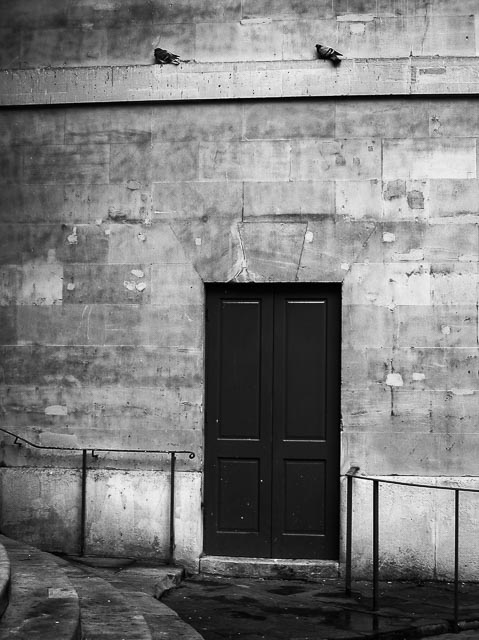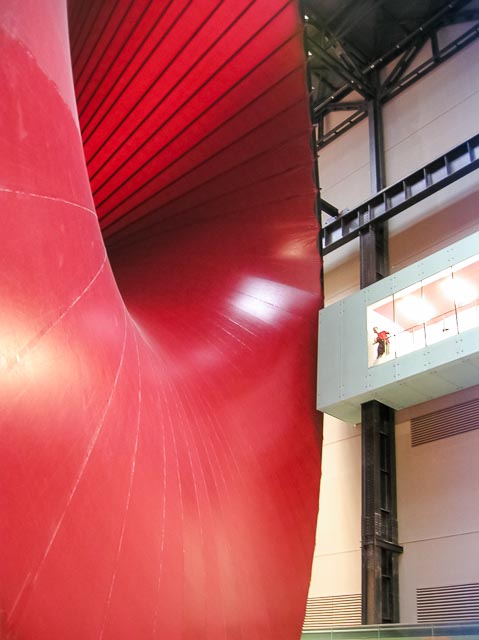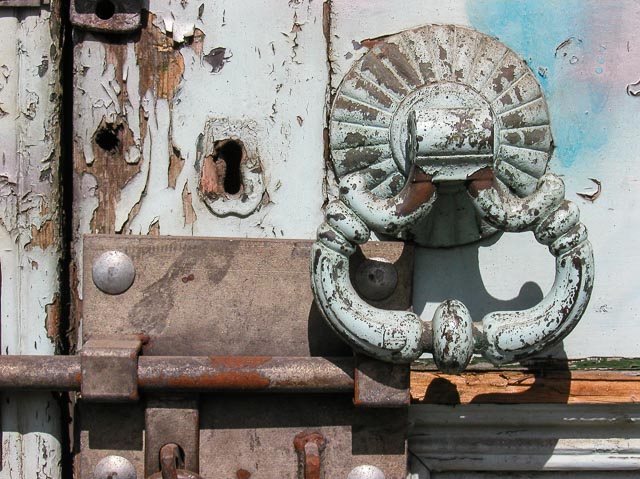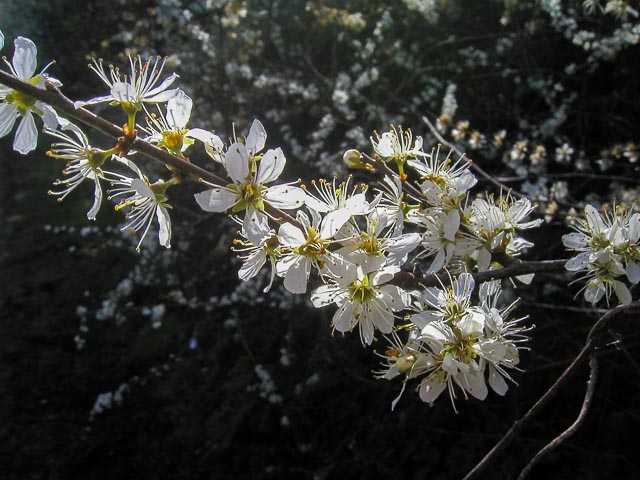Olympus Camedia C-40 Zoom

| Launch date | September 2001 |
|---|---|
| Camera type | Advanced compact digicam with tunnel type optical viewfinder |
| Camera size | 270 grams 87 x 69 x 44 mm (inc. battery) |
| Sensor type | CCD |
| Sensor size | 1/1.8" (7.1 x 5.4 mm) |
| Resolution | 2272 x 1704 (4 megapixels) |
| Lens | 7.25 - 20.3mm f/2.8–4.8 (35mm equiv. 35 - 98 mm, 2.8x zoom ratio) |
The Olympus Camedia C-40 Zoom (also known as the D-40 Zoom in the US) was launched in 2001. It was designed to provide almost all of the advanced and manual controls of the high-end Olympus Camedia C-4040Z model but in a much smaller and more pocketable body. When it was launched it was marketed by Olympus as the first pocket sized 4 megapixel camera, though with in just a few weeks there were plenty of such cameras. At launch the manufacturer's recommended retail price in the UK was £699.99 (approx. £1400 in 2023 money!). This put it near the top of the Olympus range with only the Olympus C-4040 Zoom and the semi-professional 4 megapixel E-10 and 5 megapixel E-20 models above it.
 I bought this camera in 2023 out of personal nostalgia as this was my first ever high quality digital camera, originally bought in 2002. At that point is had already been discontinued and replaced by the C-50 Zoom and was therefore heavily discounted. The C-40 Zoom uses the now long defunct SmartMedia memory card format. This format was about the height and width of the rival CompactFlash format, but was much thinner. In fact they were so thin and flexible one couldn't help but wonder just how delicate they were! The SmartMedia standard was owned by Toshiba, but Olympus and Fujifilm were it's main proponents. Because these two companies were amongst the most successful digicam companies in the early 2000s SmartMardia cards were (according to the SmartMedia page on Wikipedia) used in as many as half of all digicams sold! The main problem with SmartMedia cards was that the largest size ever made was 128Mb, which was already starting to be a bit limiting for 4 megapixel cameras. When Olympus and FujiFilm switched to xD cards in 2002, the SmartMedia format effectively died. The C-40 Zoom also use AA batteries, as was common at the time.
I bought this camera in 2023 out of personal nostalgia as this was my first ever high quality digital camera, originally bought in 2002. At that point is had already been discontinued and replaced by the C-50 Zoom and was therefore heavily discounted. The C-40 Zoom uses the now long defunct SmartMedia memory card format. This format was about the height and width of the rival CompactFlash format, but was much thinner. In fact they were so thin and flexible one couldn't help but wonder just how delicate they were! The SmartMedia standard was owned by Toshiba, but Olympus and Fujifilm were it's main proponents. Because these two companies were amongst the most successful digicam companies in the early 2000s SmartMardia cards were (according to the SmartMedia page on Wikipedia) used in as many as half of all digicams sold! The main problem with SmartMedia cards was that the largest size ever made was 128Mb, which was already starting to be a bit limiting for 4 megapixel cameras. When Olympus and FujiFilm switched to xD cards in 2002, the SmartMedia format effectively died. The C-40 Zoom also use AA batteries, as was common at the time.
 One thing that made this camera quite unusual at the time was the lack of completely separate modes for recording images and playing them back. But unlike most modern digital cameras, there wasn't a "play" button either, which may cause some confusion amongst modern photographers! Instead you press the display on/off button (circled in orange here) while the sliding lens cover was closed, or press it twice quickly while it's open. A half press on the shutter button instantly returns you to shooting mode, effectively giving the camera a modern "shooting priority" operating style. You can also see in this picture that there weren't separate modes for aperture priority, shutter priority and manual modes. Instead you had to dive into the menu system to set which mode would be activated in the "A/S/M" mode. This might sound rather inconvenient but in fact it works very well as with a pocket sized model like this you tend to use the same "manual" mode all the time.
One thing that made this camera quite unusual at the time was the lack of completely separate modes for recording images and playing them back. But unlike most modern digital cameras, there wasn't a "play" button either, which may cause some confusion amongst modern photographers! Instead you press the display on/off button (circled in orange here) while the sliding lens cover was closed, or press it twice quickly while it's open. A half press on the shutter button instantly returns you to shooting mode, effectively giving the camera a modern "shooting priority" operating style. You can also see in this picture that there weren't separate modes for aperture priority, shutter priority and manual modes. Instead you had to dive into the menu system to set which mode would be activated in the "A/S/M" mode. This might sound rather inconvenient but in fact it works very well as with a pocket sized model like this you tend to use the same "manual" mode all the time.
 The only control on the top plate was the shutter button surrounded by a zoom control. The C-40 Zoom was fitted with a 38-95mm 2.8x zoom lens. This lens is not branded with the usual "Zuiko" branding as the manufacture of digital cameras these days tends to be rather murky and complicated! In fact, in the DPReview review of this camera they noted that what appears to be exactly the same lens (this time branded as a Canon lens!) was fitted to cameras made by both Toshiba and Sanyo.
The only control on the top plate was the shutter button surrounded by a zoom control. The C-40 Zoom was fitted with a 38-95mm 2.8x zoom lens. This lens is not branded with the usual "Zuiko" branding as the manufacture of digital cameras these days tends to be rather murky and complicated! In fact, in the DPReview review of this camera they noted that what appears to be exactly the same lens (this time branded as a Canon lens!) was fitted to cameras made by both Toshiba and Sanyo.
The Olympus Camedia C-40 Zoom in use
The C-40 Zoom is indeed a very compact and convenient camera. I find I usually use one of just two modes 95% of the time: "P" modes which gives fully automatic exposure but with quick access to exposure compensation using the left and right button on the 4-way controler on the back of the camera; or "A/S/M" mode set to aperture priority which give access to aperture (and, therefore, shutter speed) via the up/down buttons o the 4 way controller and exposure compensation via the left/right buttons. This give very convenient access to all the controls I need for the vast majority of day-to-day shooting.
The flash does tend to keep reverting to automatic mode so you do have to remember to switch the flashmode the "off" each time you turn it one, which is a bit annoying, but at least the button to do this is easy to find. And the internal battery that preserves the time and date between battery changes has long since died, so you have to remember to set the date and time every time you put in new batteries. The macro mode also give very nice results.
The Olympus Camedia C-40 Zoom results
The results from the C-40 Zoom are very good so long at you keep your expectations realistic! 4 megapixel images were never intended to be viewed on a modern 4k 32" monitor. By default I have Adobe Lightroom set to size images to fit the screen, which means your looking at images at nearly 200%, which makes them look pretty nasty! View them at 100% and they look smaller but much nicer. Of course back in 2001 viewing 4 megapixel images at even 100% required a lot of zooming in! The image also make very nice 6"x4" enprints (as we used to call them!) and passable 8"x10" prints.
The following images were shot back in 2003 using my original C-40 Zoom and converted to black and white in Adobe Photoshop.




The next two were shot in 2002 and 2003, this time processed in Adobe Lightroom and left in colour. The last one of the tree with colourful autumnal foliage was processed in Adobe Photoshop, using what I seem to remember was an "oil painting" type filter.




The remaining photographs were all shot in 2023 using the new C-40 Zoom I bought that year.


These 2 were process using Nik Color Efex Pro 4. The starting point for the first one was a filter called "Black Gold" and the starting point for the second one was a filter called "Glowing Fade". This last one had some pretty dramatic flare caused by the sun being in the frame, so I thought the "Glowing Fade" filter would give the right atmosphere to turn the flare into a feature rather than a problem LOL.


I have found in general that low megapixel shots from earlier digital cameras really don't work very well in my usual software for doing black and white conversions; Nik Silver Efex Pro 2. The grain Silver Efex Pro gives on these low megapixel images pretty much always looks ugly even when turned downed to the lowest possible setting. This is one of the few examples I shot with the C-40 Zoom that I actually thought suited this normally ugly grain. I've show it here with the original colour version, which shows another problem with many of the shot from the C-40 Zoom, hallows around high contrast edges at the default sharpness settings. Note to self: remember to experiment with turning sharpness down a little!



